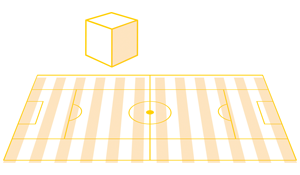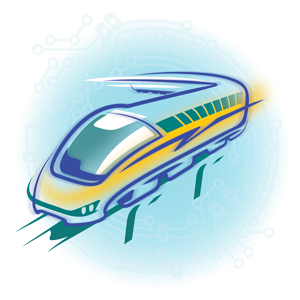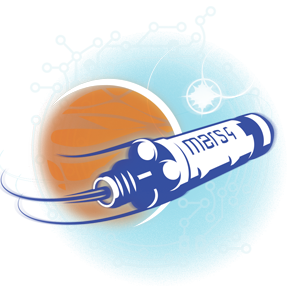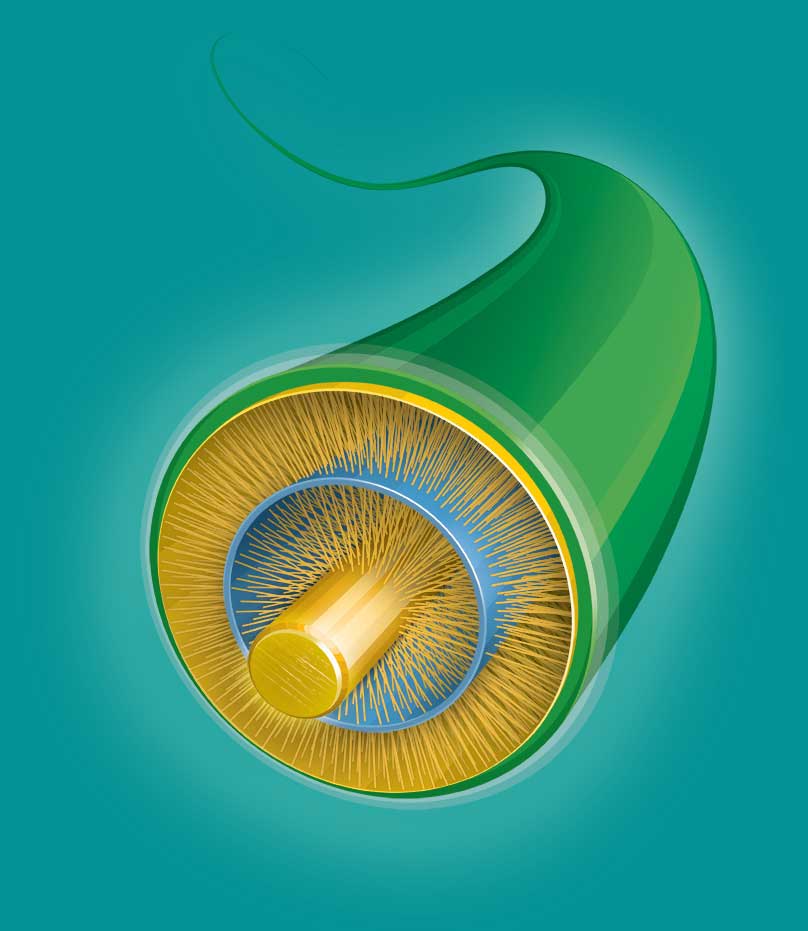A UCF nanotech researcher and his team have developed an innovative supercapacitor that could change electronics forever.
Copper wires power our lives. The simple electricity-transferring cables, used since the 1820s, bring energy into our homes, connect our telecommunications and make our electronic devices work. And now assistant professor Jayan Thomas of the NanoScience Technology Center has found a way to improve a regular copper wire and transform it into a supercapacitor cable. “This device can change the way we power the world,” says Thomas.
How It Works
Thomas’ device is different because of the nanowhisker technology, which transforms the standard copper wire into a supercapacitor capable of storing and delivering large amounts of power. The combination of small size and big output creates exciting opportunities for technological innovation.
Click the points on the diagram above to learn more about Thomas’ supercapacitor cable.
1 Wire Core 2 Nanowhiskers 3 Separator 4 Nanowhisker Coating 5 Outer Electrode 6 Cover
Batteries vs. Supercapacitors
Thomas’ device holds the potential to bridge the gap between batteries and supercapacitors. While both devices are designed to hold an electric charge, the way the power is stored and dispersed differs greatly.
Battery
- Provides a low amount of power
- Delivers low levels of energy over a long period
- Offers limited recharging capability
Supercapacitor
- Provides a large amount of power
- Delivers a large burst of energy in a short period
- Offers greater recharging capability
Why Nanowhiskers?
“As you enhance the surface area, it can store a lot of energy. So we converted the outside surface of that copper wire into an energy-storing device.”
— Jayan Thomas, NanoScience Technology Center

Growing nanowhiskers on a 1-centimeter cube can increase its surface area to that of a soccer field.
How Big Is A Nanowhisker?
The average size of the copper oxide nanowhisker is 15 micrometers (15 millionths of a meter) in length and 100 nanometers (100 billionths of a meter) in diameter.

The diameter of a copper oxide nanowhisker is 1,000 times smaller than the average human hair.”
Endless Possibilities

Personal Electronics:
Lithium ion batteries take up a lot of space in cellphones, tablets, etc. Replacing the heavy power source with wires allows for lighter, thinner designs.

Wired Fabric:
Flexible battery wires could be woven into garments and accessories, enabling the electronic devices to be charged with their clothes, backpacks and handbags.

Clean Energy Storage:
One of the most limiting factors of renewable energy methods is the expense. This type of wire could make home solar systems far more affordable.

Electric Cars:
By substituting large, heavy, expensive batteries with supercapacitor cables, electric cars could become lighter, roomier and more affordable.

Mass Transit:
Since supercapacitors are key to electric buses, trains and airplanes, the cable device could replace heavy, expensive components that power vehicles, making them more economical.

Space Travel:
By saving weight and enhancing performance, the supercapacitor cable technology could play an important role in making travel to Mars and beyond a reality.
Illustration by Brian Boesch

